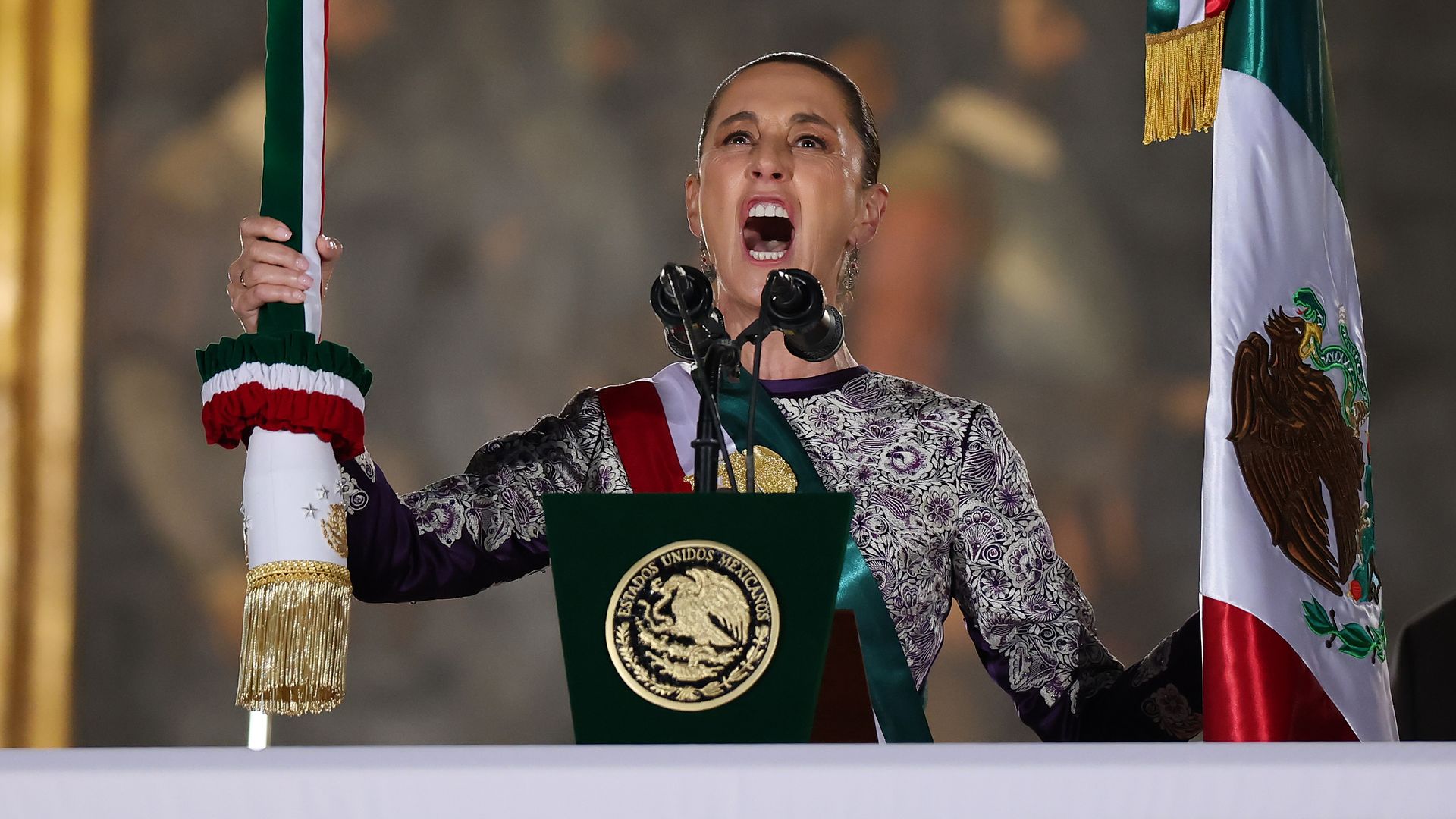For the first time in more than two centuries of Mexican history, the nation’s most powerful symbol of freedom was led by a woman. On Monday night, President Claudia Sheinbaum stepped onto the balcony of Mexico City’s Zócalo and delivered the Grito de Dolores — the ceremonial cry of independence — echoing the call first made in 1810 by priest Miguel Hidalgo.
It was a moment heavy with symbolism, featuring a woman raising her voice in the same act that once sparked Mexico’s fight against Spanish rule. The crowd of nearly 280,000 cheered, danced to music, and chanted, but the heart of the night belonged to Sheinbaum and the words she chose.
Reclaiming History with Women’s Voices
Traditionally, the Grito highlights national heroes of independence like Hidalgo and Morelos. But Sheinbaum put a new stamp on the tradition. She celebrated unsung heroines of the fight, shouting the names of women such as Gertrudis Bocanegra and María Manuela Molina, who often go unrecognized in official accounts.
She even referred to Josefa Ortiz de Domínguez by her full unmarried name, Josefa Ortiz Téllez-Girón, reclaiming her identity beyond the shadow of marriage.
Her additions electrified the crowd, especially the women who filled the square. “Long live Indigenous women! Long live our migrant sisters and brothers!” she cried, widening the vision of Mexico’s independence to include those historically left out.
"The fact that it's a woman who gives the cry does represent a substantial change," Alfredo Ávila, a researcher at the Institute of Historical Research at the National Autonomous University of Mexico, told The Associated Press, adding that the celebration feels different in many ways, particularly because it has been "very patriarchal" for years.
A Leader
Sheinbaum’s independence cry was more than a patriotic ritual. It was also a political statement. By emphasizing sovereignty, she responded to increasing tensions with the United States.
Sheinbaum’s declaration of support for a “free, independent and sovereign” Mexico was a clear reminder that the country won’t be defined by outside agendas.
A Night of Unity and Pride
Mexico has celebrated the Grito de Dolores for 215 years, but this one was different. It was not just a remembrance of independence; it was a statement of progress, inclusion, and resilience. By placing women and Indigenous voices at the heart of her cry, Sheinbaum redefined what independence means in modern Mexico. And in doing so, she reminded the world that the fight for dignity, equality, and sovereignty continues.
At its core, this Independence Day was about the future, and the sound of a woman’s voice, ringing clear over the Zócalo, declaring that Mexico belongs to all who call it home.
